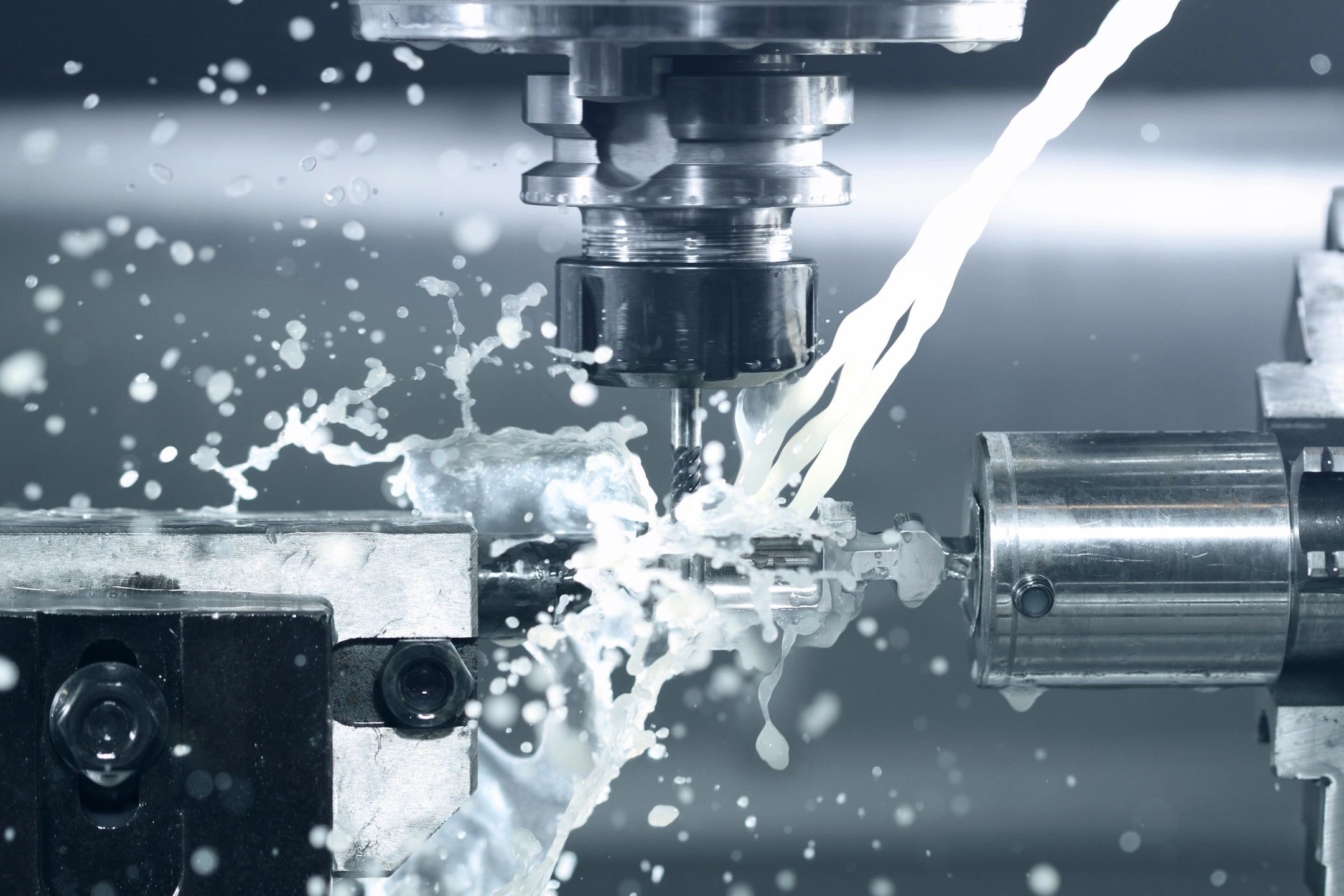Manufacturing technology, a cornerstone of industrial progress, has undergone transformative changes that have redefined how products are designed, produced, and delivered. From the assembly lines of the early 20th century to the smart factories of today, advancements in manufacturing technology have consistently driven efficiency, quality, and innovation.
The Early Days: Mechanization and the Birth of Modern Manufacturing
The dawn of modern manufacturing technology can be traced back to the Industrial Revolution, where mechanization replaced manual labor and steam engines powered the first factories. This era marked a significant departure from artisanal craftsmanship, as products could now be mass-produced with consistent quality. The introduction of interchangeable parts by Eli Whitney in the late 18th century further standardized production, laying the groundwork for modern assembly lines.
Henry Ford’s assembly line in 1913 revolutionized manufacturing by reducing the time to build a car from over 12 hours to just 90 minutes. This innovation not only made automobiles more affordable but also set the stage for mass production in various industries. The principles of efficiency and standardization that emerged during this period became the bedrock of manufacturing technology.
The Digital Age: Automation and Computer-Aided Manufacturing
The mid-20th century witnessed another leap in manufacturing technology with the advent of automation and computer-aided manufacturing (CAM). The introduction of programmable logic controllers (PLCs) in the 1960s allowed for greater control over production processes, enabling machines to perform complex tasks with minimal human intervention. This era also saw the rise of computer numerical control (CNC) machines, which could precisely cut, shape, and assemble parts based on digital designs.
The digital revolution of the 1980s and 1990s further accelerated advancements in manufacturing. Computer-aided design (CAD) software enabled engineers to create detailed 3D models of products, which could then be directly fed into CNC machines. This seamless integration of design and production not only reduced errors but also shortened the time from concept to market.
Industry 4.0: The Rise of Smart Manufacturing
The 21st century has ushered in the era of Industry 4.0, characterized by the convergence of digital technologies, data analytics, and automation. At the heart of this revolution is the concept of smart manufacturing, where interconnected machines, sensors, and systems communicate in real-time to optimize production processes.
The Internet of Things (IoT) plays a crucial role in smart manufacturing by enabling devices to collect and share data. This data-driven approach allows manufacturers to monitor equipment health, predict maintenance needs, and optimize supply chains. Artificial intelligence (AI) and machine learning further enhance these capabilities by analyzing vast amounts of data to identify patterns and make informed decisions.
Additive manufacturing, commonly known as 3D printing, is another game-changer in this era. Unlike traditional subtractive methods, which involve cutting away material to create a part, 3D printing builds objects layer by layer. This technology not only reduces waste but also allows for the creation of complex geometries that were previously impossible to manufacture.
The Future of Manufacturing Technology
As manufacturing technology continues to evolve, the future promises even greater advancements. The integration of advanced robotics, autonomous systems, and AI will likely lead to fully automated factories capable of producing customized products on demand. Moreover, the growing focus on sustainability is driving the development of eco-friendly manufacturing practices, such as recycling materials and reducing energy consumption.
The rise of digital twins—virtual replicas of physical assets—will also play a significant role in future manufacturing. By simulating real-world conditions, digital twins can optimize production processes, predict equipment failures, and reduce downtime. The evolution of manufacturing technology has been marked by continuous innovation, each era building on the achievements of the previous one. As we move further into the digital age, the potential for manufacturing technology to shape the future of industry is boundless. The challenge lies in harnessing these technologies responsibly, ensuring that they not only drive economic growth but also contribute to a sustainable and equitable future.


Comments are closed